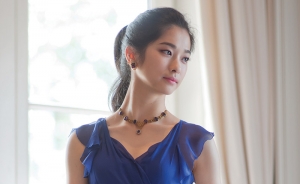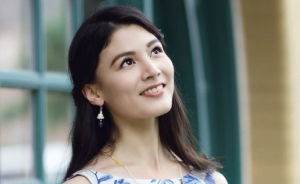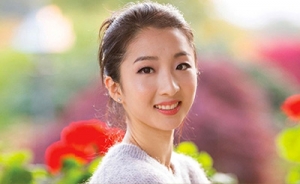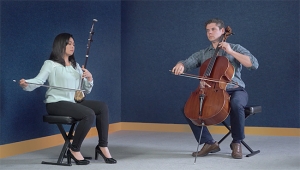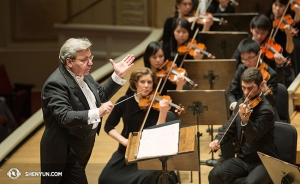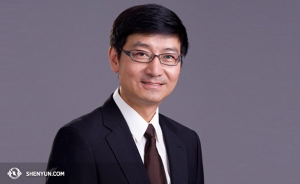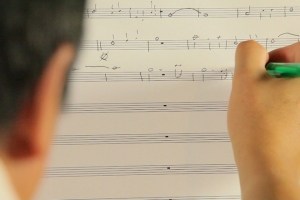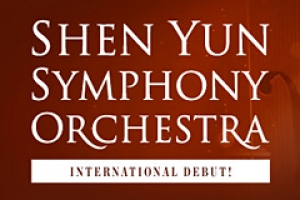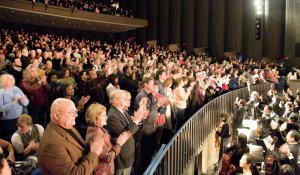
Feature Article: Principal Dancer Miranda Zhou-Galati
Taste of Life Magazine is France and Canada's leading bilingual luxury lifestyle magazine in Chinese and English, dedicated to bridging East and West through a shared appreciation for the beauty and elegance rooted in both traditions.
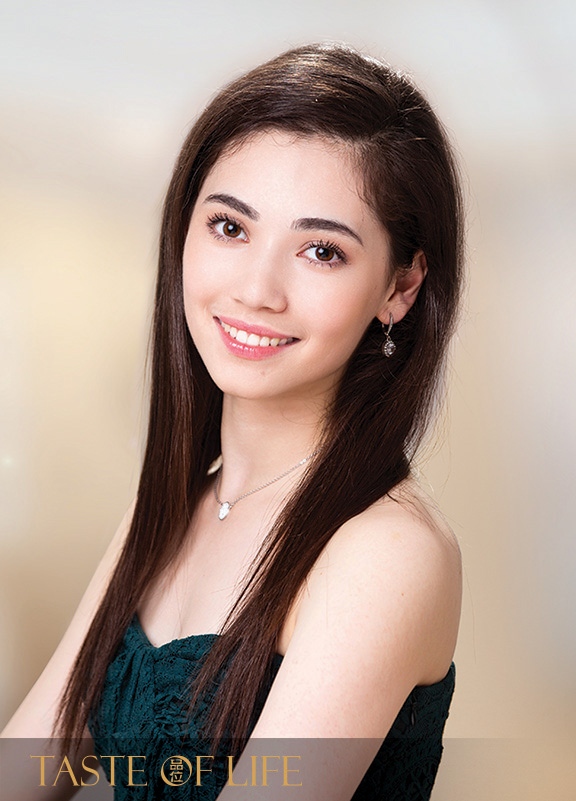
In this past issue, TOL featured Shen Yun principal dancer Miranda Zhou-Galati. Zhou-Galati has been with Shen Yun since 2006. In 2014, she won first place in New Tang Dynasty Television’s International Classical Chinese Dance Competition (adult female division), second place in the same competition in 2012, and first place (junior female division) in 2010. Zhou-Galati toured with Shen Yun Touring Company across North and South America this past season.
From TOL’s Poetry in Motion
If poetry could come to life, you’d find Miranda Zhou-Galati dancing. As one of Shen Yun Performing Art’s lead dancers, her craft sings like a sonnet composed from her soul — authentic, innocent, noble, merry.
An artist’s focus on inner nature, called bearing, or the yun of Shen Yun, is the core distinction between classical Chinese dance and other forms. Yun has a different starting point — it’s a journey inside-out. Zhou-Galati’s connection to her spirit while dancing is so clear, true, unmistakable, I was surprised to hear it didn’t begin that way.
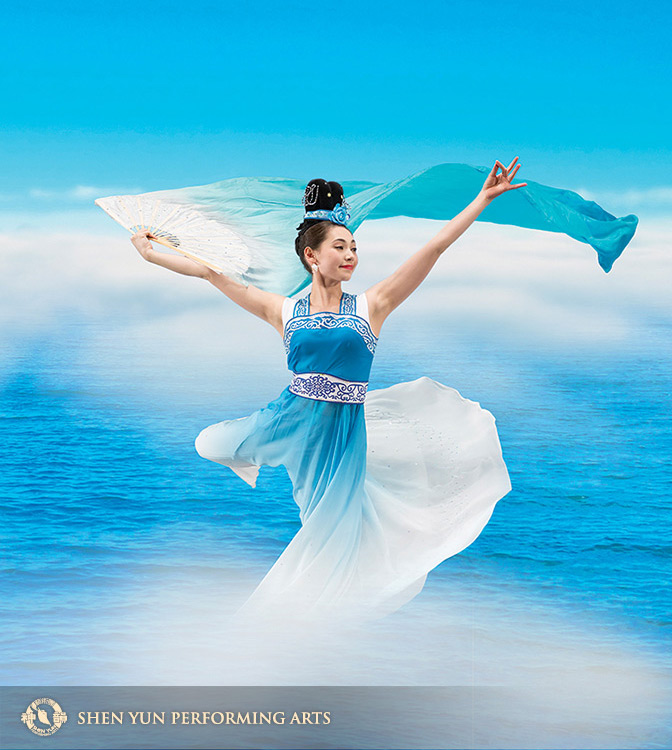
Born in Toronto to an Italian father and Chinese mother, yun was a new concept for Zhou-Galati, who studied ballet in her youth.
Though worlds apart in distance, she saw her Western and Asian heritage as being much closer in essence.
“I feel like the Italian Renaissance was similar to classical Chinese culture, where people had more of a connection to the heavens,” she says, especially when soaking in the Sistine Chapel and Basilica. “You can see that through their paintings — if they’re pointing upwards or when you see a halo behind someone’s head. Faith, belief and connection to the divine were obvious in ancient times, though not too much in modern times.”
For-bearing
“At the beginning, it was a bit tough because being one of the few non-fully Chinese dancers, I had to look for that inner bearing,” says Zhou-Galati. “That was one of my biggest challenges.”
Though cultivating yun tested the young dancer, it was also the component of classical Chinese dance that intrigued her most. “A performer’s inner bearing is really amazing,” she says. “Chinese classical dance can be used to portray almost anything, any character, even different emotions with different facial expressions, which I think is very, very different from ballet. I think that these two art forms are extremely different, actually.”
Cultivating yun often began with books. “I would try to learn more about Chinese culture, Chinese classical dance and the history behind it,” says Zhou-Galati. “When portraying a certain character, I’d learn what makes that character unique, how she holds herself, and what her emotions were at the time.”

What always rang true in learning these legends was that “people really stressed moral values and moral characteristics — a very important part of Chinese classical dance and culture.”
Once she understood the context of the character, she’d integrate mind with movement. “I would try different movements and seek the meaning behind them.” She’d ask herself, “What is this movement trying to reflect, or what kind of expression is it trying to reflect at that moment?”
Zhou-Galati would then integrate the intellectual and physical preparation, adopting the perspective that she didn’t simply represent the character — she was the character herself, as any pretending would be disingenuous.
With Zhou-Galati’s soft, graceful demeanour, it’s easy to see why “flowy fairy-like heavenly characters” come so naturally to the delightful dancer. But one legendary character from ancient China (and even in today’s pop culture) didn’t.
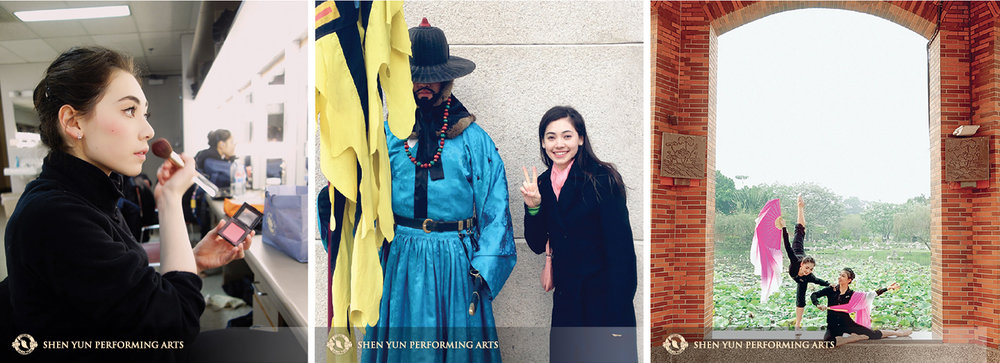
Mulan
“Mulan has more strength and portrays courage and a warrior-like field,” says Zhou-Galati, who spent endless hours in the library and in front of a mirror practicing this stalwart heroine. “It was more challenging not only for the inner bearing and feelings, but from the art form as well — the movements for Mulan showed great strength and were more crisp, fast and strong, which I wasn’t used to.”
As a major competition neared, Zhou-Galati was faced with one more hurdle, something only the heart of Mulan could help her overcome. “During rehearsal, I did a jump, and when I landed, I twisted my ankle,” she says. “I was on the floor and realized, it’s my own body — I control it, so if I think I’m fine, I’m fine. I got up, and even though my foot felt extremely floppy and the bone felt like Jell-O, I just finished the dance. In Chinese culture, we say mind and body are one, so if your mind is strong then your body should be fine.”
Refusing to give in to injury, Zhou-Galati entered the competition as Mulan. “I could feel the bone and the muscle were still strained. But I thought I should be more selfless, stop thinking about my own pains, just tolerate, persevere and get through it, because what we’re doing is just so meaningful,” she says, reflecting on Shen Yun’s mission to revive classical Chinese dance.
She went on stage, and the pain subsided when she devoted herself to a single thought: “I need to give the audience the best performance I can.” She did and took home gold.
Over the years, despite pain, fatigue, and other hardships, nothing compares to her bond with the theatre-goers. “I definitely try to connect with the audience while I’m on stage,” she says. “If they feel touched, I can see them crying, or if they’re happy, I can see huge smiles on their faces. For the audience, it’s something very grand — it feels like some sort of hope for humanity.”


